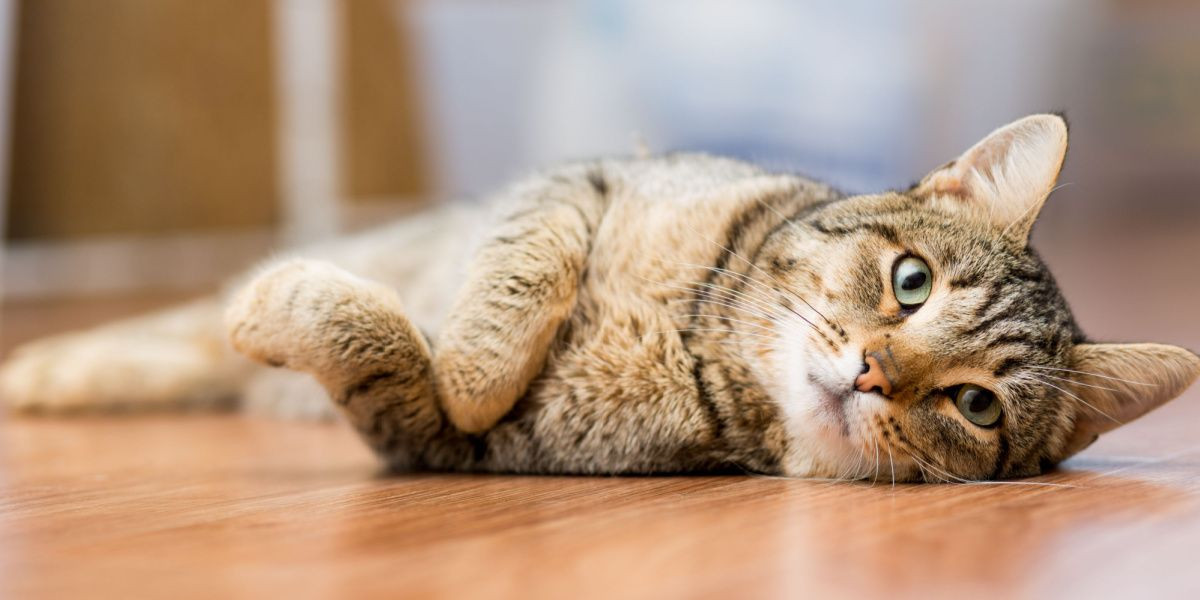 Gray adult mongrel cat lying on the floor
Gray adult mongrel cat lying on the floor
The word “tabby” is synonymous with cats, instantly bringing feline images to mind. However, it’s a common misconception to think of “tabby” as a cat breed. While many tabby cats share similar appearances, the term actually describes a distinct coat pattern, not a specific breed. Understanding what defines a tabby and the fascinating genetics behind these coat patterns is key to identifying them.
Key Characteristics of Tabby Cats
- The tabby pattern reigns as the most prevalent coat marking in domestic cats.
- Five unique tabby variations exist, each distinguished by the arrangement of stripes, swirls, and spots.
- The mackerel tabby pattern, reminiscent of tiger stripes, is the ancestral tabby pattern, inherited from the African wildcat, the progenitor of domestic cats.
Delving into the Tabby Pattern
Technically, every cat carries the gene responsible for tabby markings. Yet, not all cats visibly display a tabby coat. Other genes can mask or overlay these tabby traits, concealing them from view. Despite this, the tabby pattern remains the most frequently observed coat type among both purebred and mixed-breed domestic cats.
Identifying a Tabby Cat: Look for the “M”
One of the easiest ways to identify a tabby cat is to look at its face. All tabby cats possess a distinctive “M” marking emblazoned on their forehead. Folklore attributes this “M” to various origins, from Mau, the ancient Egyptian word for “cat,” to associations with Mohammed or the Virgin Mary. Beyond the iconic “M,” tabby cats also exhibit delicate stripes across their faces and noticeable markings encircling their eyes.
Even without delving into complex genetics, there are simpler indicators to determine if a cat is a tabby. For instance, orange or cream-colored cats are invariably tabby cats. This is because the genes responsible for these coat colors inherently reveal tabby markings.
In cats with other coat colors, tabby markings might be subtler, visible only when light catches their fur at a particular angle. These markings might appear faint or closely resemble the surrounding fur color, but upon closer inspection, they are indeed present.
Exploring the Diverse World of Tabby Cat Markings
The most definitive method for identifying a tabby cat lies in examining its coat pattern. There are five recognized tabby variations, each characterized by unique arrangements of stripes, swirls, and notably, spots.
1. Classic Tabby: The Marbled Masterpiece
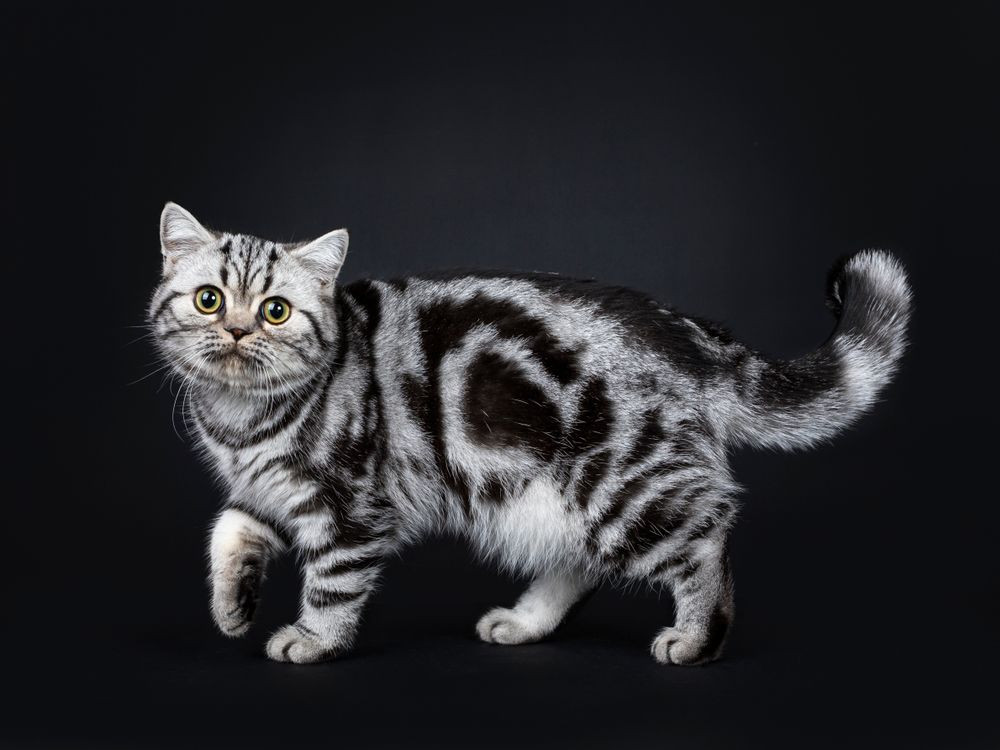 Cute little black silver blotched British Shorthair cat.
Cute little black silver blotched British Shorthair cat.
The classic tabby pattern, also known as the blotched tabby, showcases captivating swirls instead of defined stripes or spots. Often likened to a marble cake, the coat colors create dramatic, swirling patterns that are easily recognizable. These aren’t distinct stripes, spots, or splotches, but rather markings that coil and curve along the cat’s sides, back, neck, and legs. Many classic tabbies display markings that resemble smudged bullseyes or targets. The term “blotched tabby” is also frequently used to describe this pattern.
2. Mackerel Tabby: The Tiger in Miniature
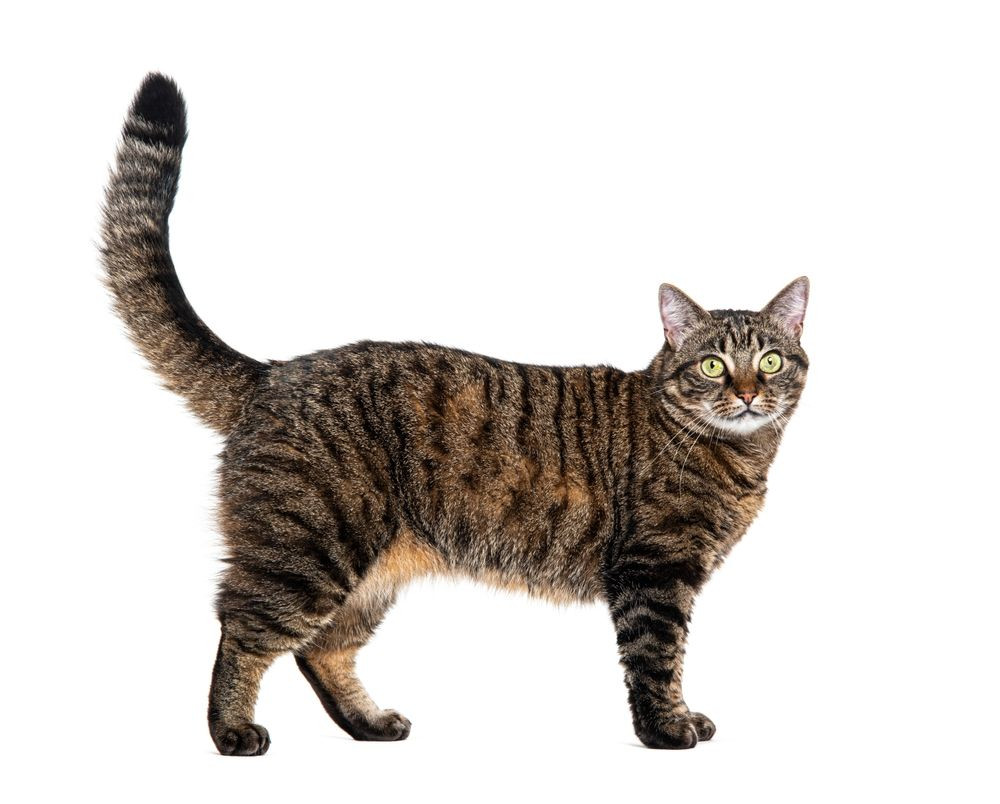 Side view of a tabby crossbreed cat standing
Side view of a tabby crossbreed cat standing
Named for its resemblance to a fish skeleton, the mackerel tabby pattern is considered the original tabby coat. It mirrors the natural coat of the African wildcat, the ancient ancestor of all modern domestic cats. The mackerel pattern is considered the “default” tabby pattern due to its dominant gene. If selective breeding were to cease, cat populations would likely revert to the mackerel pattern within a few generations. Mackerel tabby cats are often nicknamed “tiger cats” because of their evenly spaced, vertical stripes running down their sides. A thicker stripe also extends along their spine, further enhancing the tiger-like appearance.
3. Spotted Tabby: Dots of the Wild
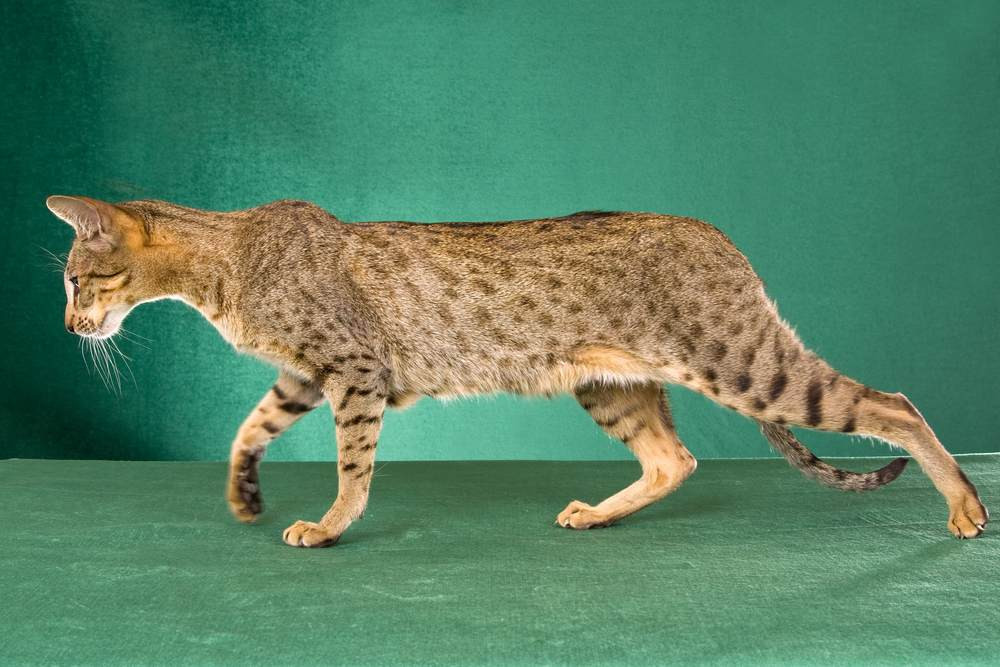 Beautiful Oriental silver spotted tabby cat
Beautiful Oriental silver spotted tabby cat
Spotted Tabby Cats are distinguished by their spots, rather than stripes or swirls, marking their coats. These spots can vary in size and are distributed across the cat’s back, neck, and sides. Unlike the randomly scattered spots of a Dalmatian dog, a spotted tabby’s spots typically follow an organized line or pattern. In some cases, spotted tabbies can resemble mackerel tabbies with broken stripes, creating a unique and visually striking coat. The spotted tabby pattern brings a touch of the wild to domestic felines, reminiscent of their more overtly spotted wild cat cousins.
4. Patched Tabby: A Colorful Mosaic
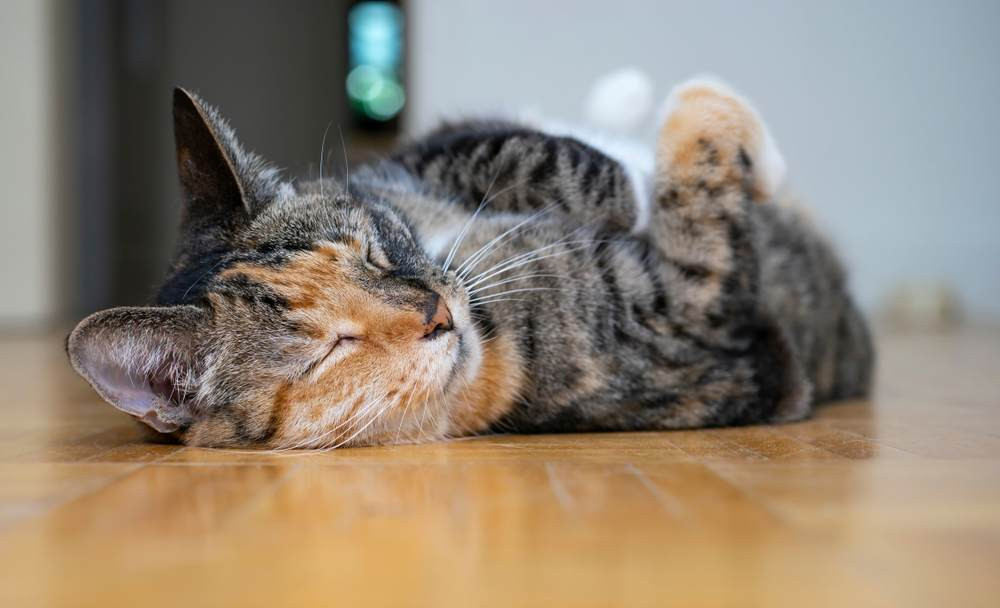 Torbie cat lying on its back and sleeping on the floor.
Torbie cat lying on its back and sleeping on the floor.
Patched tabby cats showcase a vibrant mix of fur patches, each exhibiting typical tabby markings. Sometimes referred to as “torbies,” these cats are a captivating blend of tabby and tortoiseshell cat patterns. It’s also possible to encounter a “caliby,” which is a calico cat displaying tabby markings within its patches of color. The color patches can vary significantly in size, but the underlying coat color doesn’t affect the visibility of the darker swirls, stripes, or spots inherent to the tabby pattern.
5. Ticked Tabby: The Subtle Sophisticate
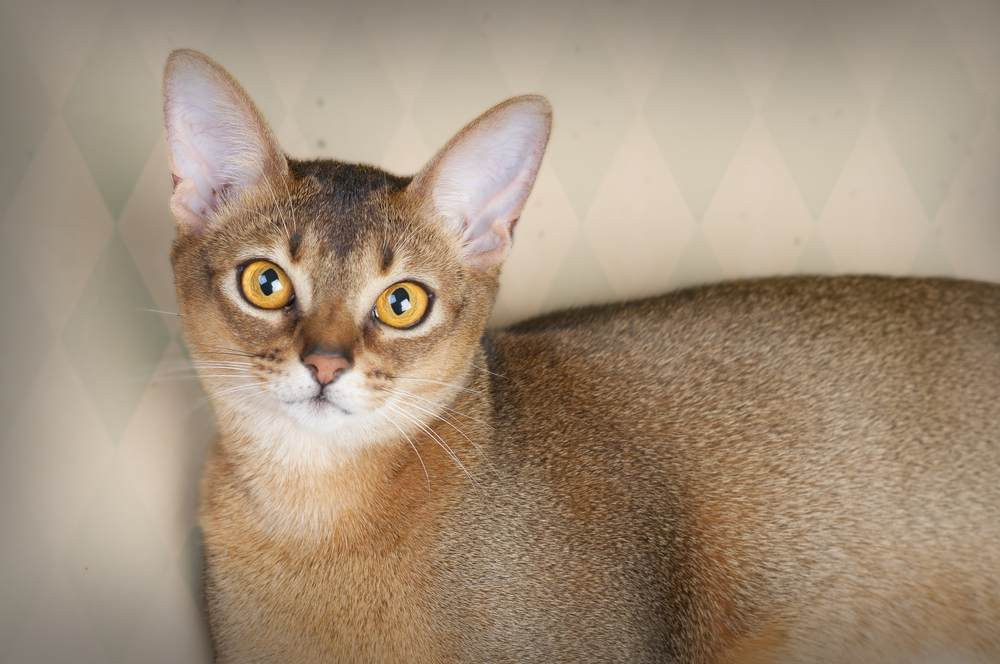 Beautiful female Ruddy Abyssinian cat.
Beautiful female Ruddy Abyssinian cat.
The ticked tabby is perhaps the most challenging tabby type to identify. These cats lack the telltale stripes, swirls, or spots readily seen in other tabby variations. While they still sport the characteristic “M” on their forehead, their defining feature requires a closer look at individual fur strands. Ticked tabby cats possess what are known as agouti hairs. Each hair strand is banded with alternating light and dark colors, creating a subtle, “ticked” effect over the coat. The Abyssinian cat breed is a prime example of a ticked tabby, showcasing this unique and understated pattern.
Final Reflections on Tabby Cats
The tabby pattern is undeniably the most common coat pattern found in domestic cats. Breeds like the Maine Coon, British Shorthair, Persian, Egyptian Mau, and American Bobtail are all examples of breeds that frequently exhibit tabby patterns. Furthermore, you have a high likelihood of encountering a mixed-breed tabby cat at your local animal shelter.
Tabby cats exhibit a delightful range of personalities, and their striking and diverse coat patterns continue to make them a beloved favorite among cat enthusiasts worldwide.
Further Reading: Tortoiseshell Versus Calico Cats: What’s The Difference Between Them?
View Sources
Cats.com relies on reputable and high-quality sources, including peer-reviewed studies, to substantiate the information presented in our articles. Our content undergoes regular review and updates to ensure accuracy. Visit our About Us page to learn more about our editorial standards and meet our veterinary review board.

